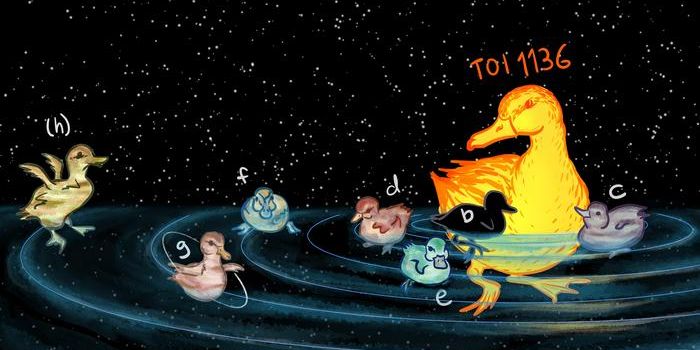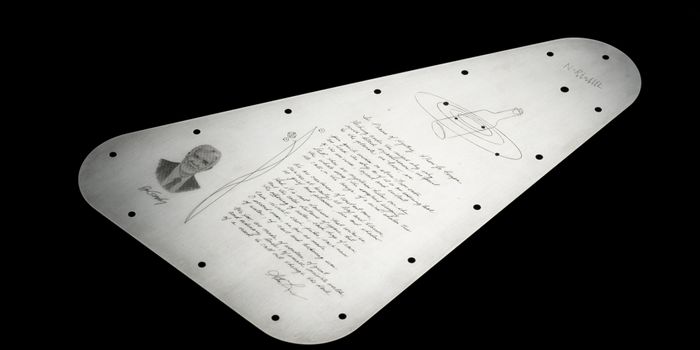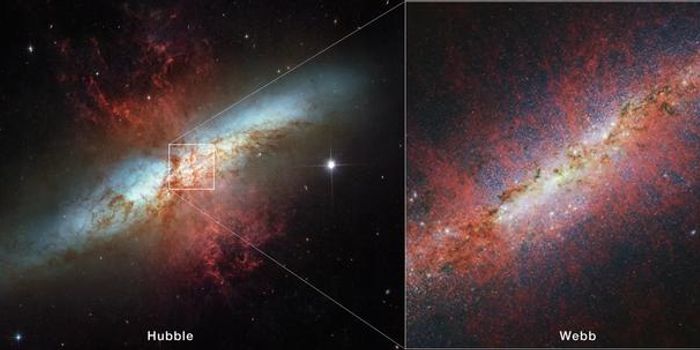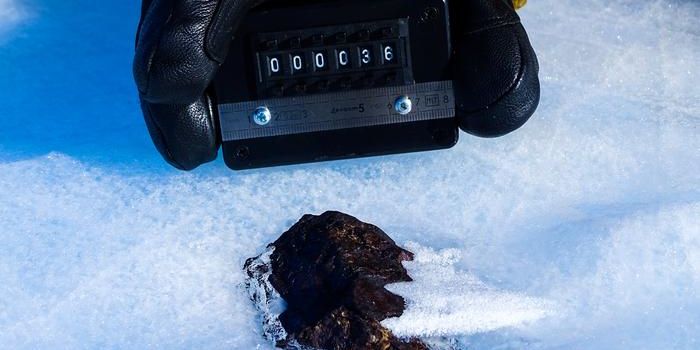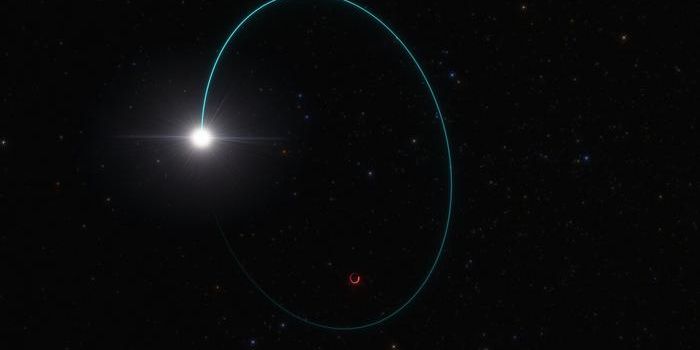Pluto’s largest moon, Charon, is almost the same size as the dwarf planet itself is, and has a red-colored patch on its North pole that’s around 753 miles in diameter, or about the size of Texas.
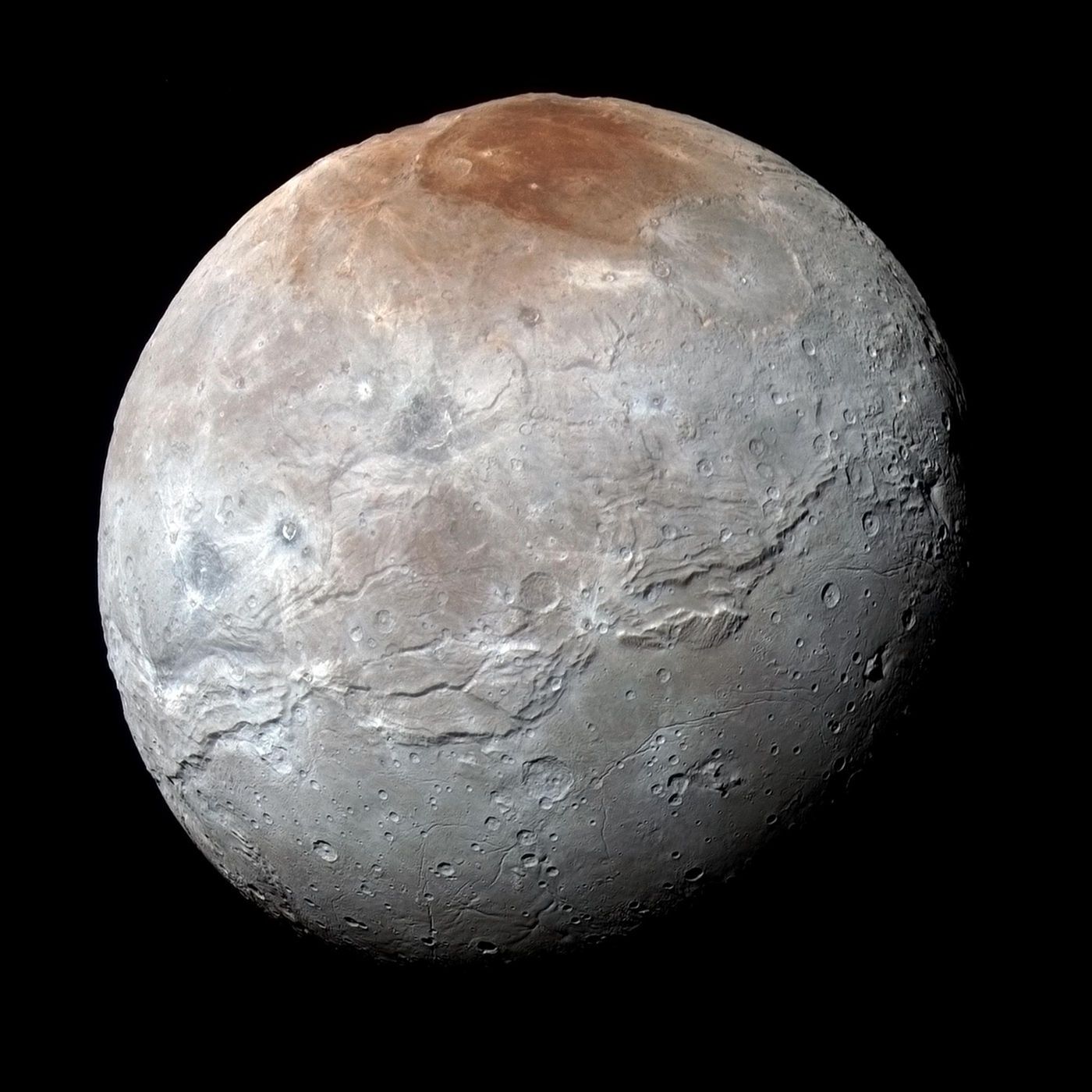
Image Credit: NASA/JHUAPL/SwRI
The origin of this red spot has been a mystery, but data from the Pluto fly-by by NASA’s New Horizons spacecraft in 2015 helped scientists gather information about the dwarf planet and its natural satellites.
A study carried out by planetary scientist and New Horizons team member Will Gundy, and his colleagues, reveals more facts about where the red spot may have come from, and is published in Nature.
The red spot on Charon is likely because of Pluto itself. Because the dwarf planet is so small, it has a hard time holding onto its atmospheric gasses due to the lack of gravity. As these gasses escape the dwarf planet’s atmosphere, they waft into space, but the gravity from Charon helps scoop some of that gas into Charon’s limited atmosphere as well.
Both methane and nitrogen gasses would be directly involved in the transfer, and as they were picked up by Charon, they would freeze and accumulate on Charon’s surface during the moon’s winter, which would allow them to “stick” to the moon’s surface.
The methane molecules bounce around on Charon's surface until they either escape back into space or land on the cold pole, where they freeze solid, forming a thin coating of methane ice that lasts until sunlight comes back in the spring,” Grundy said in a statement
As soon as they got there, radiation from sources like the Sun would slowly work at the frozen methane and Nitrogen, converting it into sticky substances known as tholins. These are basically molecules that can be formed when ultraviolet light strikes certain simple organic compounds, such as the methane gas coming from Pluto.
Those tholins are reportedly what cause the red spot on Charon. Charon has long winters that last well longer than 100 Earth years, and during that time, temperatures there can get as low as -459º Fahrenheit, which is long enough and low enough to allow those gasses to freeze.
Just like the Earth, the North and South poles take turns being the winter pole, which has led scientists to believe that the same process might also happen on the South pole on Charon.
Unfortunately, images from the New Horizons spacecraft can’t make out the South pole since it’s hidden in darkness from the lack of light. The North pole was the only visible pole in the photographs, so we don’t really know if the South pole has a giant red spot too.
Source: NASA via Space.com
-
MAY 07, 2024Is It Anti-RNP or Anti-Sm/RNP?
- See More
-
APR 30, 2024Immuno-Oncology Virtual Event Series 2024
-
MAY 07, 20243rd International Biosecurity Virtual Symposium
-
MAY 23, 2024For the Love of Digital PCR 2024
- See More


